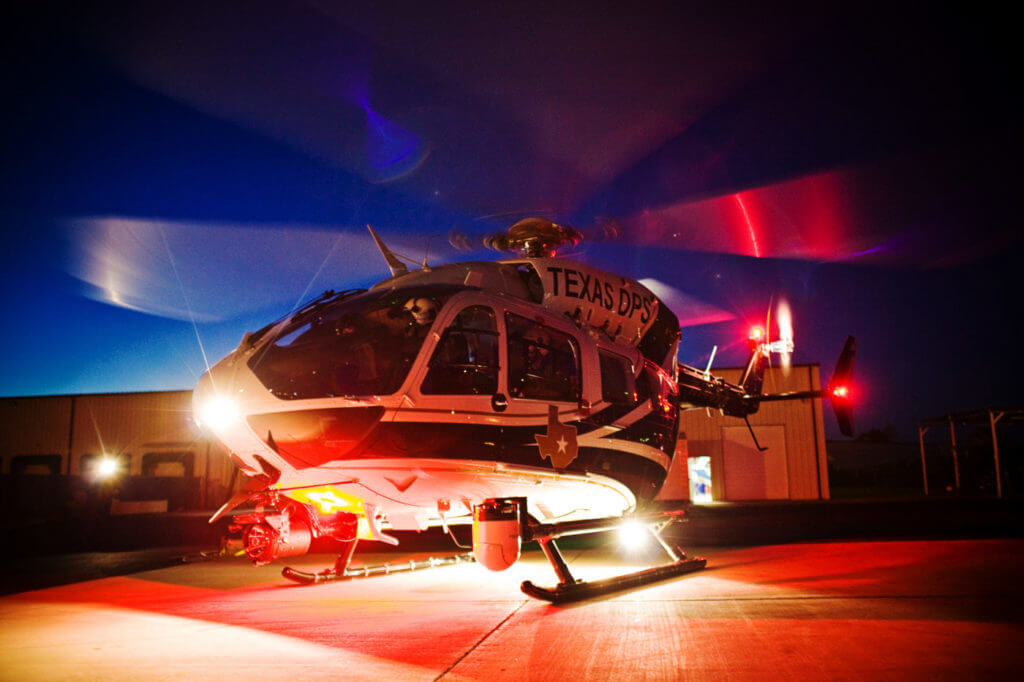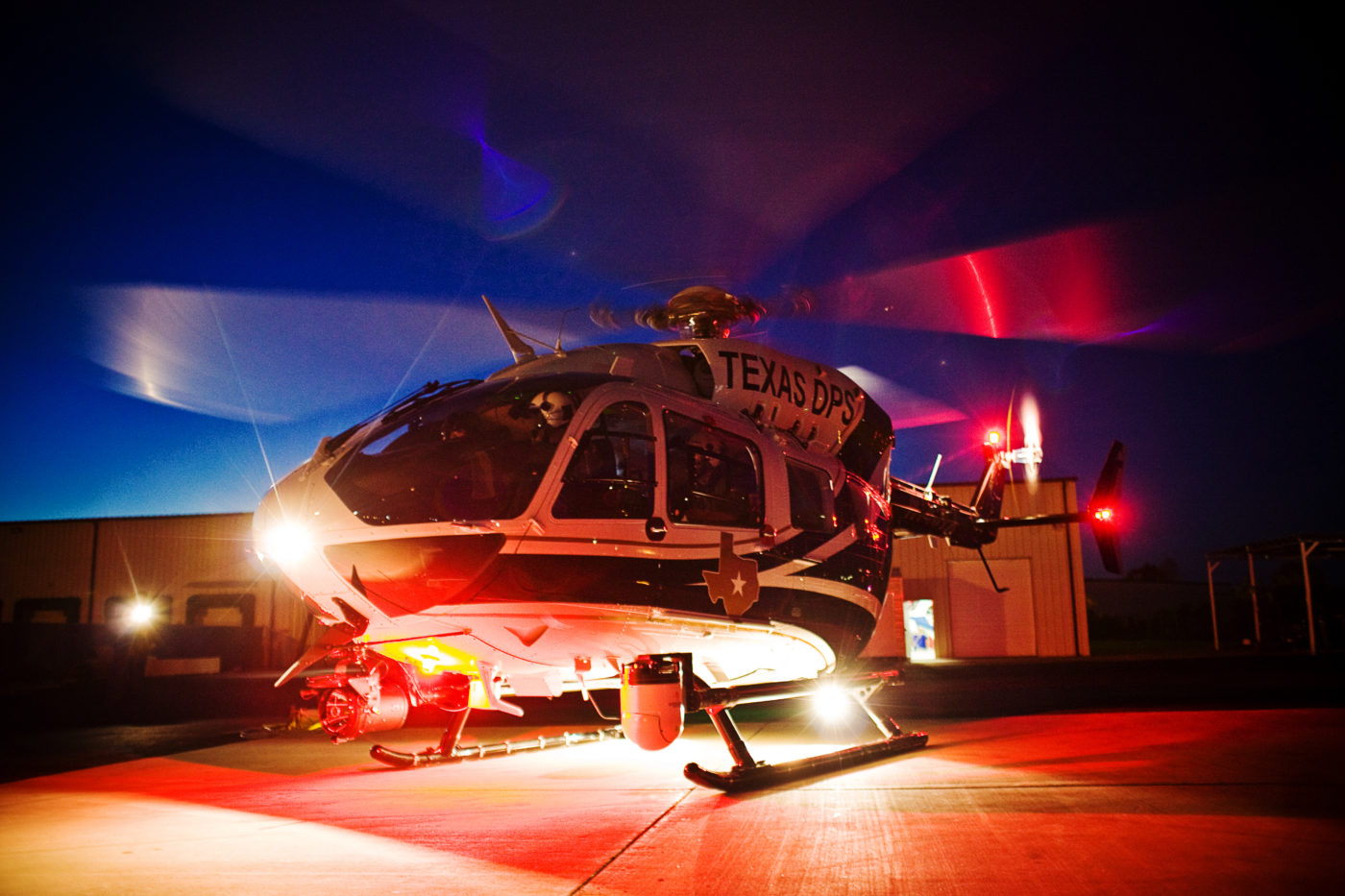The helicopter industry reported 665 bird strikes in the United States over the last three years, according to figures from the Federal Aviation Administration Strike Database. The data, provided by Phyllis R. Miller, a scientific data technician with the USDA Wildlife Services, span 2015 to 2017, and show an annual strike count of just over 200 — a consistent figure to the average since 2010.

Prior to that, reported strikes were considerably lower, but this was likely due to a lack of reporting. The number of strikes that remain unreported due to a lack of resulting damage or delays is unknown.
Of the total strikes reported, 77 were on government aircraft (including U.S. Coast Guard, U.S. Customs and Border Protection, and other government entities), and 12 privately-owned helicopters were struck. The vast majority of strikes were recorded on helicopters on business flights.
Bird strikes caused three fatalities (all from one incident) and eight injuries (from eight separate incidents) over the reporting period.
The fatal encounter occurred near Stuttgart, Arkansas, on Nov. 19, 2017. A Bell 407, being used as a medical transport, was responding to a call when it crashed, fatally injuring the pilot and two medical personnel aboard. Witnesses said the aircraft started spinning out of control before crashing to the ground and bursting into flames. Although still under investigation from the National Transportation Safety Board, it is believed to be a bird strike incident — and has been officially counted as such. Many geese frequent the area of the crash and several bird carcasses were found in the wreckage.
Of the eight injuries reported, four were to pilots, and four were passengers. The incidents typically involved medium to large birds, with some penetrating into the aircraft. The more minor injuries were typically the result of flying debris caused by the strike — particularly broken glass.
In terms of the impact on the aircraft, 79 strikes (12 percent) resulted in at least some damage. Of these, 41 (six percent) produced “substantial damage” — defined as damage to an aircraft’s structural integrity, performance, or flight characteristics, normally requiring major repairs or the replacement of the entire affected component.
In all, 28 incidents resulted in over $10,000 in damage/repair costs, four of which exceeded $100,000. For the three-year period, bird/wildlife strikes to helicopters resulted in a total of over $3.7 million in repair and damage costs — not including the revenue lost to an aircraft being out of service while in repair.
The most damaging strikes are from larger birds, with vultures being particularly troublesome — but smaller birds can be dangerous if they are in a flock.
The vast majority of bird strikes continue to occur while helicopters are enroute — as opposed to fixed-wing aircraft, which are typically struck on takeoff, approach or landing.
Most bird strike precautions are taken at and in the vicinity of airports, doing little to protect helicopters traveling enroute. Pulsing exterior lights are one technological advance that may help helicopters, as they seem to warn birds away. Recent tests have shown that aircraft with pulsing lights are hit less often and suffer less damage when struck.










As an USAF helicopter pilot assigned to Davis-Monthan AFB, AZ in 1976-78, I encountered 3 birdstrikes. Helicopters are particularly vulnerable to birds even though speeds aren’t high. We typically fly below 3,000 AGL, where most birdstrikes occur and that tail-rotor is critical to continued flight. I remember calling out flocks of birds while in advanced training near Ft. Rucker, AL I had a MS in avian ecology, so I already had an interest in birds. At the end of 1978, I took over the USAF efforts to prevent bird hazards to aircraft.
Now retired, and living along a river in Arkansas, I occasionally observe helicopters hot-dogging less than 30 feet over the river. Each year we have over 100 Canada Geese resident along this stretch of the river along with Bald Eagles, Cormorants and other birds moving up-and-down and crossing the river. I have contacted the local FAA about the problem, but so far our local helicopter pilots haven’t got the message. An accident waiting to happen!